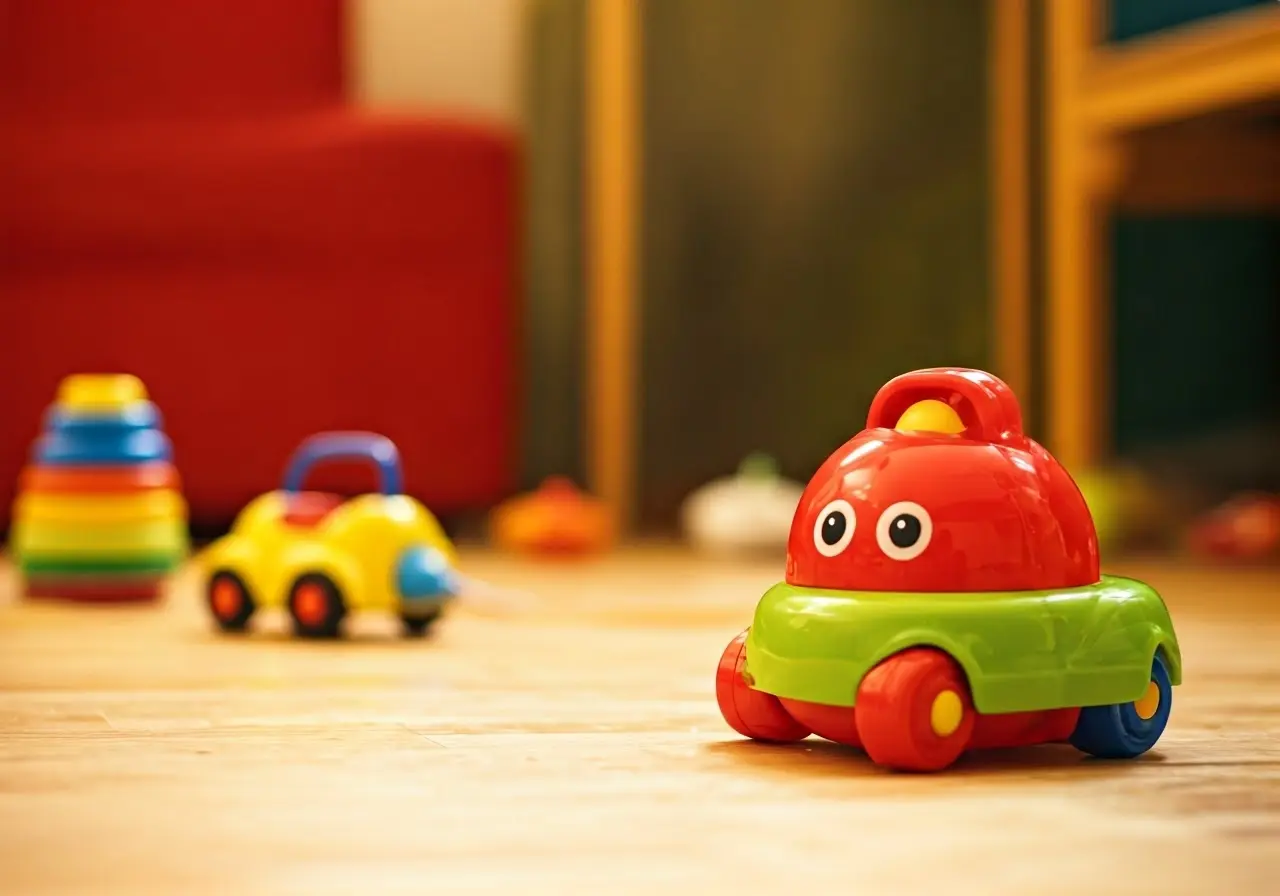Choosing the right toys for your baby isn’t just about fun—it’s also about supporting their development. In this guide, we’ll explore some must-have toys that are not only entertaining but also beneficial for your baby’s growth. Let’s dive into the world of baby toys that promise to nurture and educate!
1. Soft and Snuggly Stuffed Animals
Stuffed animals are more than just cuddly companions. They teach your little ones about textures, build emotional connections, and offer comfort. The variety in materials, from soft plush to cotton, introduces different tactile experiences. Moreover, stuffed animals often become a child’s first friend, laying down the foundations for social skills. They invite imaginative play, where kids create scenarios and dialogues, enhancing language skills and creativity.
Choosing animals with contrasting colors also aids in early visual development. These companions are perfect for bedtime, helping soothe and provide security. As children grow, these toys become tools in storytelling and can be used to address emotional experiences, making them indispensable for growth.
2. Colorful Play Gyms
Play gyms provide a stimulating environment that encourages babies to explore and develop motor skills. With hanging toys, mirrors for self-discovery, and textured mats, these spaces are designed to promote interaction. The variety of toys stimulates different senses and encourages reach and grab movements, refining fine motor skills.
The vibrant colors and patterns enhance visual tracking abilities, laying down the foundations for spatial awareness. Additionally, many play gyms are equipped with musical elements which introduce rhythm and sound association, contributing to auditory development. This multifunctional setting ensures that playtime is not only entertaining but also crucial for holistic growth.
3. Interactive Musical Toys
Music aids in sensory development and keeps babies engaged. Musical toys that make sounds encourage babies to interact and respond to stimuli. Instruments like baby drum sets or small pianos introduce the basics of rhythm, clapping, and melody. Furthermore, these toys are instrumental in forming auditory pathways, essential for language development.
Interactive elements such as buttons and levers can facilitate cognitive development, as babies learn about cause and effect. Engaging with musical toys can also fit nicely into routines, helping establish patterns like playtime, naptime, and bedtime. The joy of music can soothe, excite, and everything in between, playing a major role in emotional development.
4. Teething Rings for Relief
Teething rings come in various shapes and colors, offering relief to sore gums and aiding sensory exploration through different textures. The coolness of these rings from refrigeration can also help numb and soothe discomfort during teething. Moreover, many teething rings have small protrusions that can massage gums and assist in the eruption of new teeth, making them essential for oral care in infancy.
In addition to their primary function, teething rings can double as developmental toys. As babies hold and manipulate them, they practice grip and enhance motor skills. The varied colors and shapes also engage visual perception, laying a framework for cognitive development.
5. Educational Building Blocks
Building blocks are timeless. They boost creativity, refine motor skills, and introduce problem-solving as babies stack them to create structures. Beyond stacking, blocks can be sorted by color, shape, or size, enhancing cognitive skills. As children manipulate blocks, they begin to understand balance and gravity, principles that are fundamental in physics.
These are not just toys—they’re gateways to imaginative play. Blocks can transform into cars, tall buildings, or anything a child imagines, promoting creativity and storytelling. This kind of open-ended play encourages independent thinking and decision-making from a young age, laying a foundation for lifelong learning.
6. Vibrant Storybooks
Books with bold imagery and simple stories foster language development and introduce your baby to the joy of reading. Regular reading sessions can also strengthen the parent-child bond, as they snuggle up with a book. Moreover, books introduce infants to a wide array of concepts like numbers, colors, and shapes through fun narratives.
With repetition, babies begin to recognize words and anticipate story events, which is a critical reading skill. Books with interactive elements, such as flaps and textures, encourage sensory engagement, keeping the experience fresh and exciting. In essence, vibrantly illustrated books are not just about reading—they’re a multifaceted educational tool.






















































































